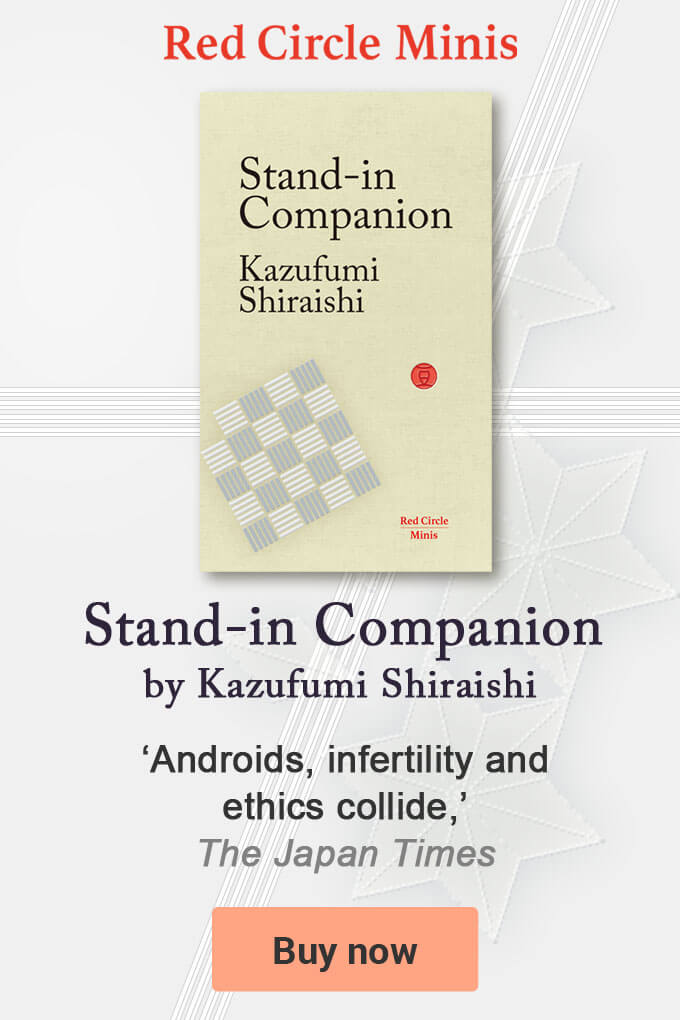- Book production
Japan’s first monthly book series for Kindergartens, launched in 1907, is still being published 90 years later[UPDATED: 2-22-2018]
Kinderbook was launched in 1927 as the Observational Picture Books Kinder Book, by Froebel-Kan, a Tokyo based company named after the German educator Friedrich Wilhelm A. Froebel (1782-1852), who established the world’s first kindergarten, and coined the name for these learning centres.
The decision to launch Japan’s first monthly picture book series for pre-school age children followed the first Japanese regulations in 1926, known as the Kindergarten Ordinance, introducing new standards and teacher qualifications for kindergartens.
The first issue, published the year after the regulations were enacted, was titled: All About Rice. Illustrated books were published monthly, in a magazine style approach, and were and still are distributed directly to kindergartens across Japan. The number of which increased after the Ordinance, when about 6% of the population attended kindergarten.
Froebel-Kan, founded in 1906, now owned by one of Japan’s largest printing companies, Toppan Printing Co.Ltd, still publishes the series, which has evolved and developed over the last 90 years alongside new printing, design and educational techniques.
Many talented authors and illustrators have worked on the series including the famous Japanese poet Shuntaro Tanikawa. The books document in a very unique way Japan’s modernisation and some difficult periods that its authors, illustrators and publisher had to navigate including: the aftermath of natural disasters and war.
According to its publisher’s website, the series “gives children the power to live and to develop their future, and an abundance of spirit”. The company now also publishes a monthly childcare magazine, sells playground equipment, and helps design kindergartens and early learning centres. It also publishes the popular Japanese language editions of Where’s Wally, by the English illustrator Martin Handford.
The decision to launch Japan’s first monthly picture book series for pre-school age children followed the first Japanese regulations in 1926, known as the Kindergarten Ordinance, introducing new standards and teacher qualifications for kindergartens.
The first issue, published the year after the regulations were enacted, was titled: All About Rice. Illustrated books were published monthly, in a magazine style approach, and were and still are distributed directly to kindergartens across Japan. The number of which increased after the Ordinance, when about 6% of the population attended kindergarten.
Froebel-Kan, founded in 1906, now owned by one of Japan’s largest printing companies, Toppan Printing Co.Ltd, still publishes the series, which has evolved and developed over the last 90 years alongside new printing, design and educational techniques.
Many talented authors and illustrators have worked on the series including the famous Japanese poet Shuntaro Tanikawa. The books document in a very unique way Japan’s modernisation and some difficult periods that its authors, illustrators and publisher had to navigate including: the aftermath of natural disasters and war.
According to its publisher’s website, the series “gives children the power to live and to develop their future, and an abundance of spirit”. The company now also publishes a monthly childcare magazine, sells playground equipment, and helps design kindergartens and early learning centres. It also publishes the popular Japanese language editions of Where’s Wally, by the English illustrator Martin Handford.

